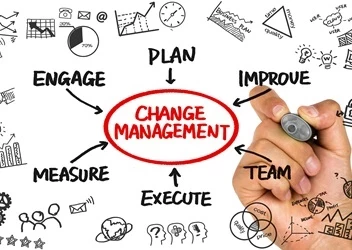Nominations now open: PEX Network’s top AI leaders in process excellence 2026
January 31 by PEX NetworkJoin us in honoring the AI visionaries revolutionizing process excellence
10 signs your organization is ready for intelligent automation
January 02 by Amelia BrandDiscover 10 clear signs your organization is ready to implement and scale intelligent automation
ABBYY & Camunda combine IDP with agentic orchestration to boost process automation
January 02 by Michael HillABBY and Camunda are partnering to combine intelligent document processing (IDP) with agentic orchestration in a bid to boost process automation
OpenAI signs government charter to boost digital transformation across Ireland
January 02 by Michael HillOpenAI has signed a government charter to advance digital transformation across Ireland
Why intelligent automation breaks value realization, not business processes
January 02 by Daniel AkanbiIntelligent automation rarely fails because processes stop working. It fails because organizations are not designed to capture the true value of automation
7 change management myths leaders still believe
December 31 by Michael HillThere are many change management myths that are not only surprising but can undermine business transformation efforts



































